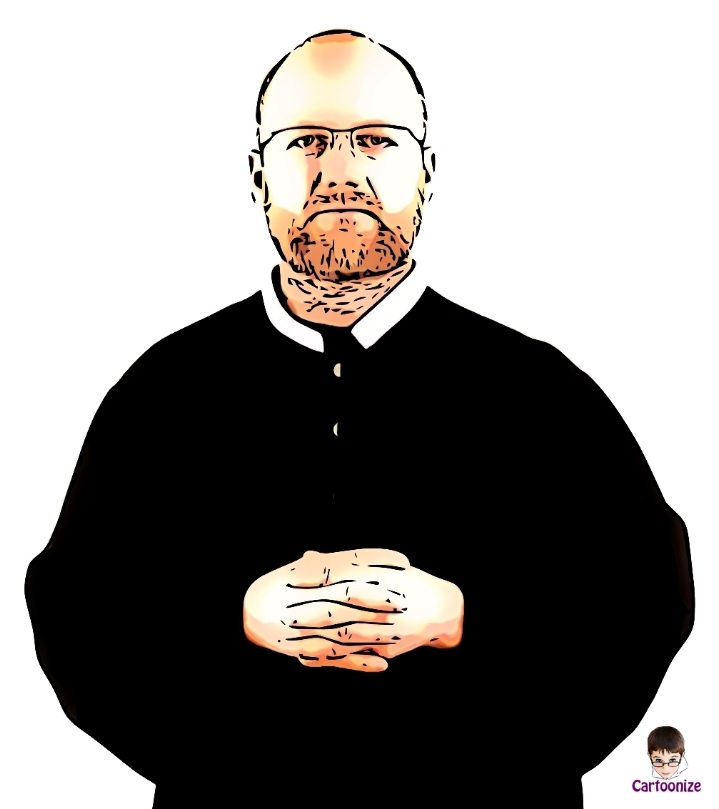Into our second session and into the troubled, almost psychologically spastic efforts of our characters to be … well, just to be, I guess, at all. I had joked during the initial prep that I didn’t want to play this game after all, after we talked about getting conditions laid upon us and other all too familiar socially abusive things, and although it remains a joke, it’s turned out to be a pretty accurate one.
The events look sprawly and even a little incoherent, in story terms, but now I see it differently. Piotr was desperately trying to be just a normal guy, maintaining his cool and keeping his thirsts under control, and he ended up shattered into his Darkest Self, initiated into the adult world of power in the worst possible way. Dagny was the opposite, seeking her ghoulish thrills with gusto … and ended up crying bitterly over being ostracized, and also with a remarkably human moment for someone who’d thought all that was long over and done. Alastor just wanted to be helpful and unseen, and ended up being neither. Each character got hammered with full reversals by reality, and I especially like how their paths crossed in different ways.
Olek and I were both concerned about Alastor’s grappling with the medium, and the recording picks up after we were already talking about it, a bit obliquely. During the first part of this session, I talked too much like I did in the first session, but for a totally different reason. My over-participation was aiming at confirming that I was listening to him, and at cheerleading. I was trying to be cheerfully reassuring, but I’m dismayed to find instead that I look like a creepy grinning uncle, crossed with that annoying co-worker who keeps going “uh huh, yeah, uh huh” during committee meetings. I’m a bit relieved that Olek, too, was interjecting steadily too for the same reasons, in a more healthy-looking way.
The first big transition, and I maintain you can see it in both of us, kicked in when we realized he had no idea how to use the dice. That we had not explained this, despite repetitions of using language that made sense to us (“roll 2d6, add 1”) but was literally useless. It was exactly what I’d been beating colleagues over the head with for 25 years in academia, that just because you say something that makes sense to you, doesn’t mean it’s teaching anyone anything.
I think you can see the rest of us spend the next part of play seeking a different level, to get more assertive in terms of how to announce actions / roll / effect. Since you can’t see the back-and-forth with Alastor himself in this case, it might look pushy, but it was much more positive in the momet, and more successful, then our previous attempts to use role-playing language had been.
The eye-gouge, though – wham – just look at us in the order that what he said suddenly sinks in, first Olek, then me, and then Ángel. You’ll see in the third session just how profound this shift was. Alastor has, and never had, any difficulty with the concepts of character, action, motivation, internal experience, or (if you will) story … it’s simply that how these relate to this particular medium is not intuitive. We just think it is, like someone thinks how to make a sandwich is intuitive only because they know what it is, where the components are kept, which are already made and which aren’t, and what the damn thing is for.
That’s not special to role-playing. It’s because it’s not intuitive for any medium … as a quick spitball, if you’re creating a comic, one thing to learn is that drawn objects need outlines (or close equivalents), and that’s different from prose, which not only has no visual outlines to designate characters and objects, but has (needs) no equivalent to them either.
So what are the tools/ways for designating characters and objects in role-playing, and the various choices about them? If you don’t know, but are willing to learn, the gamers in the group with you may well not know how to help. No more than most cartoonists or writers can help you learn such necessary basics from scratch.
And that leads me to something which is unique to role-playing after all, relative to those other form. The cartoonist or writer is in a much easier position, because anyone trying to learn to cartoon or learn to write has already internalized such things from observing the results.
However, people who come to role-playing have not observed the results in the way they have for, say, cartooning. Thus their orientation and learning-process is not best conducted via procedural technique. They have better, bigger questions than that. Yes, I roll the dice, but why? Yes, I get a String, but why? Which you don’t have to do with cartooning: yes, I make this mark on this page, but why? Yes, that poseable wooden doll-thing would indeed provide me with the body proportions from that angle of view, but why?
Well, all that has distracted me from talking about the plot as it developed here. Ángel pulled in some immediate external threats or mysteries, which prompted me to call a break to talk about character Strings, which frankly interested me more than the sudden appearance of the vampire lady. I wanted to start using Dagny’s Strings on Alastor (the only ones she had) but not without the other players knowing I was thinking in those terms. The results were no small thing. We followed up with more of that at the start of the third session as well, as you’ll see soon.

